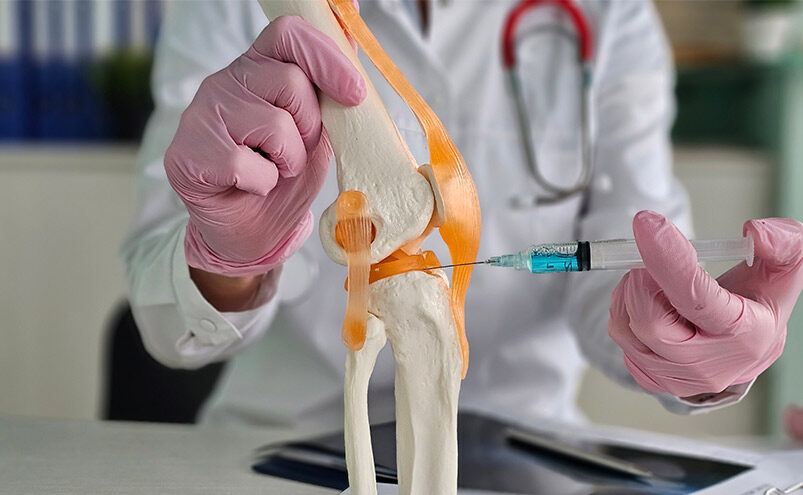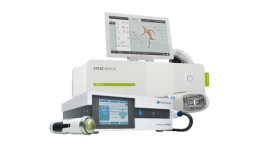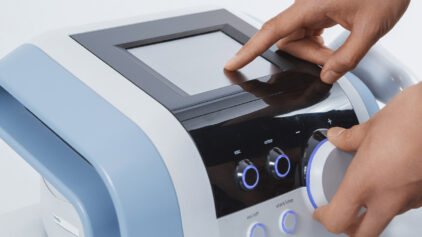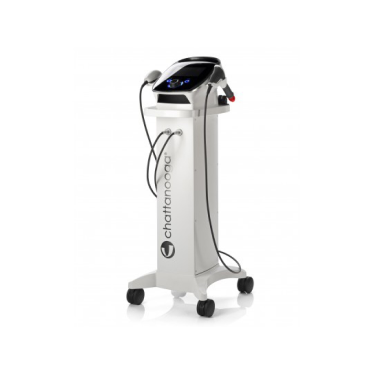Musculoskeletal injuries affecting the knee, foot, and Achilles tendon rank among the most common orthopedic conditions worldwide. Patellar tendinopathy (jumper’s knee) significantly impacts quality of life due to persistent pain, while plantar fasciitis remains a leading cause of foot and heel discomfort in adults. Similarly, Achilles tendinopathy can persist for months, causing substantial mobility limitations and affecting both professional athletes and everyday individuals.
For athletes and physically active populations, these injuries represent more than just pain. They threaten careers, performance capabilities, and quality of life. The need for effective and expedited healing becomes paramount, particularly for professionals whose livelihoods depend on optimal physical function.
Traditional treatment approaches, including rest, NSAIDs, and conventional physical therapy, often provide incomplete relief. Many patients experience persistent symptoms despite months of conservative care, with some conditions becoming chronic and resistant to standard interventions. These realities are reflected in key statistics that underline the scale and complexity of the problem:
- Up to 30% of sports-related injuries involve these key weight-bearing structures
- Traditional treatments fail to provide complete relief in approximately 40% of cases
- Recovery timelines with conventional approaches can extend from months to years
- Surgical interventions carry significant risks and lengthy rehabilitation periods
The urgent need for innovative therapeutic approaches exists to accelerate healing, improve functional outcomes, and provide more reliable relief for these common but debilitating conditions.
Emerging Combo Therapies: PRP and ESWT Explained
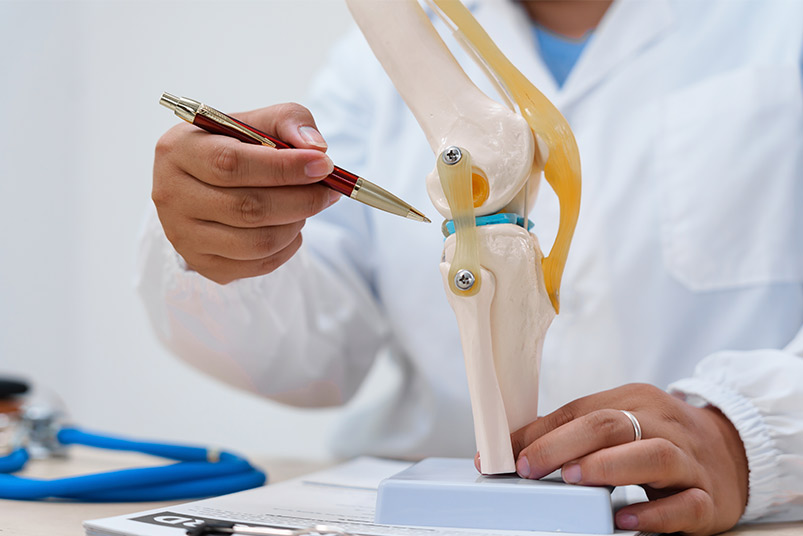
As healthcare practitioners search for more effective treatment options for musculoskeletal injuries, two regenerative therapies have emerged at the forefront: Platelet-Rich Plasma (PRP) and Extracorporeal Shock Wave Therapy (ESWT). While each has shown promise individually, their combination is creating exciting new possibilities for faster healing and improved outcomes.
Platelet-rich plasma (PRP) Therapy uses the healing power of a patient’s own blood components. This autologous treatment begins with a simple blood draw, which is then processed to concentrate platelets, cells rich in growth factors that stimulate tissue repair. When injected into damaged tissue, PRP releases growth factors like PDGF and TGF-β that promote healing by attracting stem cells, reducing inflammation, and accelerating tissue regeneration.
Extracorporeal Shock Wave Therapy (ESWT) delivers acoustic waves to injured tissues using a specialized device. These mechanical pulses trigger biological responses, including increased blood flow, new blood vessel formation (neovascularization), and enhanced cellular activity. ESWT is typically administered in a series of outpatient sessions, with energy levels and frequency customized to the specific condition being treated.
Harnessing Synergy: Why PRP and ESWT Work Better Together
Recent advances in regenerative medicine suggest that combining therapies can maximize healing potential. Platelet-rich plasma (PRP) and Extracorporeal Shock Wave Therapy (ESWT) each target tissue repair through distinct mechanisms. PRP delivers growth factors directly to damaged tissues, and ESWT stimulates cellular activity and blood flow. When used together, these therapies create a synergistic effect, enhancing tissue regeneration, modulating inflammation, and accelerating recovery. This combined approach is particularly promising for patients with chronic or stubborn musculoskeletal injuries, offering a more comprehensive path to pain relief and functional restoration.
- Complementary mechanisms: While PRP provides growth factors and cellular signals, ESWT enhances tissue receptivity and blood flow to the area
- Extended therapeutic effect: ESWT may prolong PRP’s effectiveness through its anti-inflammatory properties
- Modulation of inflammation: Studies show the combination reduces inflammatory markers like S100A8 and S100A9 proteins more effectively than either treatment alone
- Faster pain reduction: Clinical trials consistently report more rapid relief when treatments are combined
This synergistic approach addresses multiple aspects of the healing process simultaneously, potentially offering patients a more comprehensive solution for stubborn musculoskeletal conditions that haven’t responded to single-modality approaches.
Evidence from Studies and Clinical Trials: Efficacy in Musculoskeletal Conditions
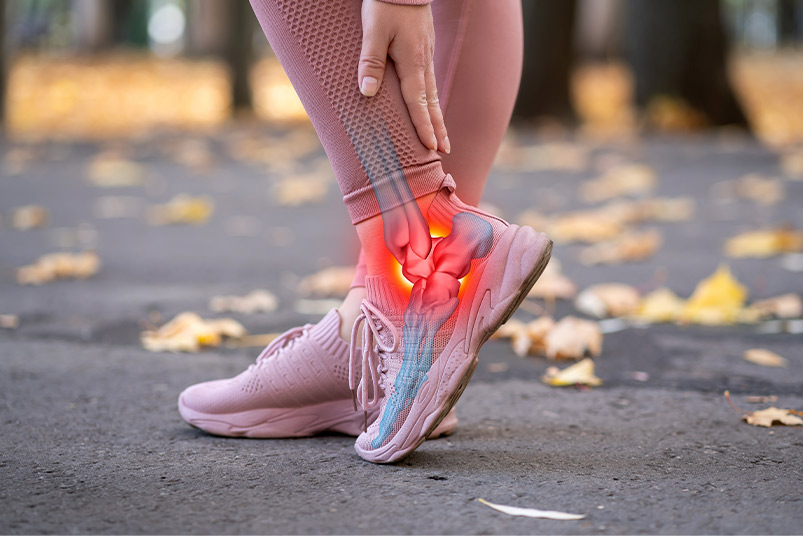
Recent years have seen a surge in clinical research examining the efficacy of combining PRP and ESWT for treating various musculoskeletal conditions. Several well-designed studies now provide compelling evidence that this combination may offer superior outcomes compared to either therapy alone.
Patellar Tendinopathy (Jumper’s Knee)
A rigorous randomized controlled trial with 33 athletes compared PRP injection alone versus PRP combined with ESWT for chronic patellar tendinopathy. While both treatments demonstrated effectiveness, the combination therapy produced significantly faster pain reduction at the 1-month follow-up. Importantly, these benefits were maintained throughout the 12-month study period with no adverse effects reported.
The researchers concluded that combined treatment can facilitate pain relief earlier than PRP alone and is a safe treatment modality. This accelerated recovery timeline is particularly valuable for athletes seeking to return to competition more quickly.
Plantar Fasciitis
For chronic plantar fasciitis, case reports of two runners (ages 69 and 73) demonstrated that the combination of ESWT and PRP enabled a successful return to running when initial treatments with ESWT alone showed limited success. Both patients experienced significant improvements in foot function scores following the combined approach.
Knee Osteoarthritis with Meniscus Injury
A larger retrospective study of 128 patients with knee osteoarthritis and meniscus injury compared three treatment approaches: PRP alone (45 patients), ESWT alone (43 patients), and combined therapy (40 patients). The results were striking:
- The combined therapy group showed significantly lower pain scores (VAS, Lequesne, and WOMAC)
- Patients receiving both treatments achieved better joint range of motion
- The combination approach resulted in fewer complications than either therapy alone
Achilles Tendinopathy and Rotator Cuff Research
Building on these promising results, an ongoing clinical trial is now investigating the effectiveness of combined ESWT and PRP for chronic insertional Achilles tendinopathy, with results expected to further clarify optimal treatment protocols.
Similar benefits have been observed in rotator cuff injuries, where combined therapy demonstrated enhanced shoulder range of motion and decreased inflammatory markers (S100A8 and S100A9) compared to PRP alone.
Potential Mechanisms and Limitations
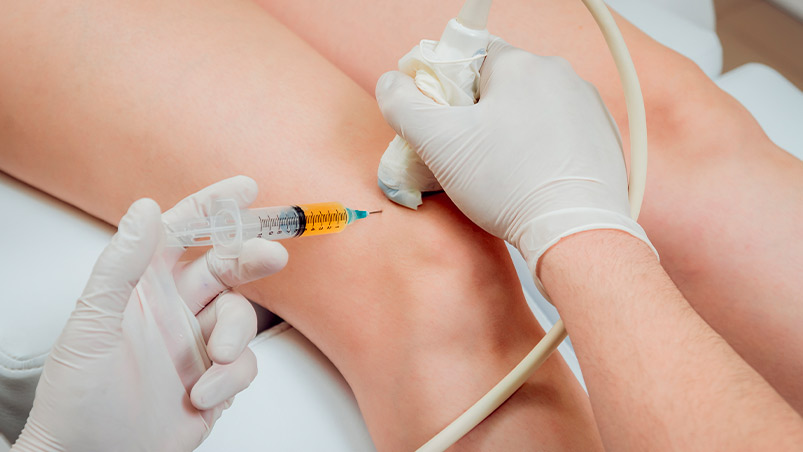
The enhanced efficacy of combined therapy may be explained by complementary biological mechanisms. While PRP delivers growth factors and bioactive proteins to stimulate healing, ESWT appears to improve tissue perfusion and cellular responses to these growth factors. The combined approach may modulate inflammation more effectively, as evidenced by changes in cytokine profiles observed in several studies.
Despite these promising results, some limitations in the current research should be noted:
- Variations in PRP preparation protocols and ESWT parameters across studies
- Relatively small sample sizes in some trials
- Limited long-term follow-up beyond 12 months
- Need for standardized timing between PRP injection and ESWT application
The consistent pattern of improved outcomes across different musculoskeletal conditions suggests that this combination therapy represents a significant advancement in regenerative medicine approaches to tissue healing.
Clinical Implications and Future Directions
The emerging evidence for combination PRP and ESWT therapy is reshaping clinical approaches to musculoskeletal conditions. Practitioners are increasingly adopting these paired interventions for patients who have failed standard treatments, particularly those with chronic tendinopathies and osteoarthritis. The combined approach has demonstrated consistent advantages across multiple anatomical sites, with accelerated pain relief and functional recovery being the primary benefits.
For optimal patient selection, clinicians should consider several factors:
- Patients with chronic conditions (symptoms >6 months) unresponsive to conventional care
- Athletes and active individuals requiring expedited return to activities
- Cases where inflammation markers are elevated, as combination therapy has demonstrated modulation of inflammatory proteins like S100A8 and S100A9
- Individuals with contraindications to more invasive procedures or surgery
Current protocols typically involve administering PRP injection first, followed by ESWT one week later, though timing variations exist across studies. Safety profiles remain excellent, with lower complication rates compared to single-modality approaches. The absence of significant adverse events across multiple trials provides reassurance for wider clinical adoption.
Several ongoing trials, including a registered study on chronic insertional Achilles tendinopathy, will further clarify optimal protocols and long-term outcomes. Future research should focus on standardizing preparation methods, determining ideal timing between interventions, and identifying predictive biomarkers for treatment success.
As evidence continues to build, the integration of PRP and ESWT represents a promising frontier in orthopedic care, offering faster healing, improved functional outcomes, and reduced reliance on surgical interventions for patients with these challenging conditions.
Elevate Patient Care with PRP + ESWT Using Shockwave Source
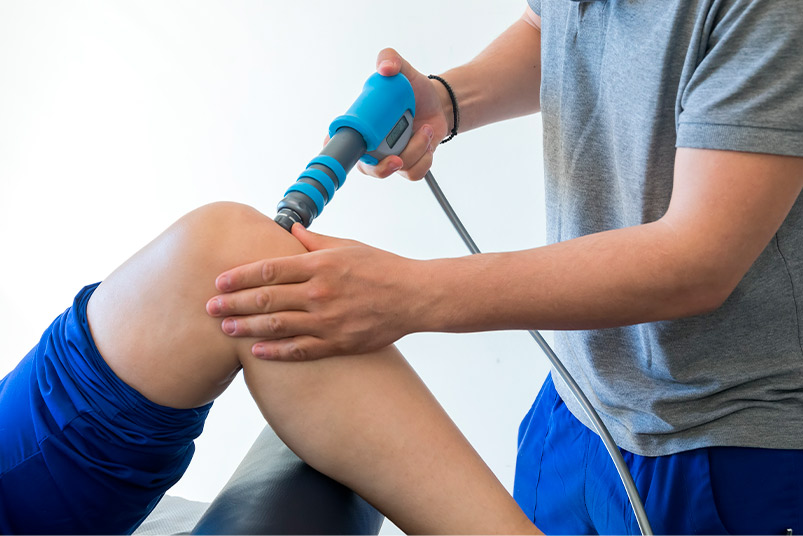
Bring advanced regenerative therapy to your patients with Shockwave Source. By combining Platelet-Rich Plasma (PRP) with Shockwave Therapy (ESWT), your clinic can accelerate recovery, reduce pain, and improve long-term outcomes for knee, foot, and Achilles injuries. Utilize Shockwave Source’s state-of-the-art technology to deliver this proven therapy safely and effectively, enhancing both patient outcomes and satisfaction. Explore Shockwave Source to see how your practice can elevate care and achieve superior results.

